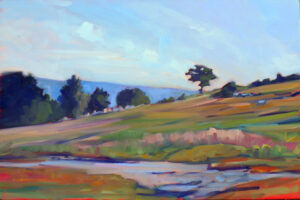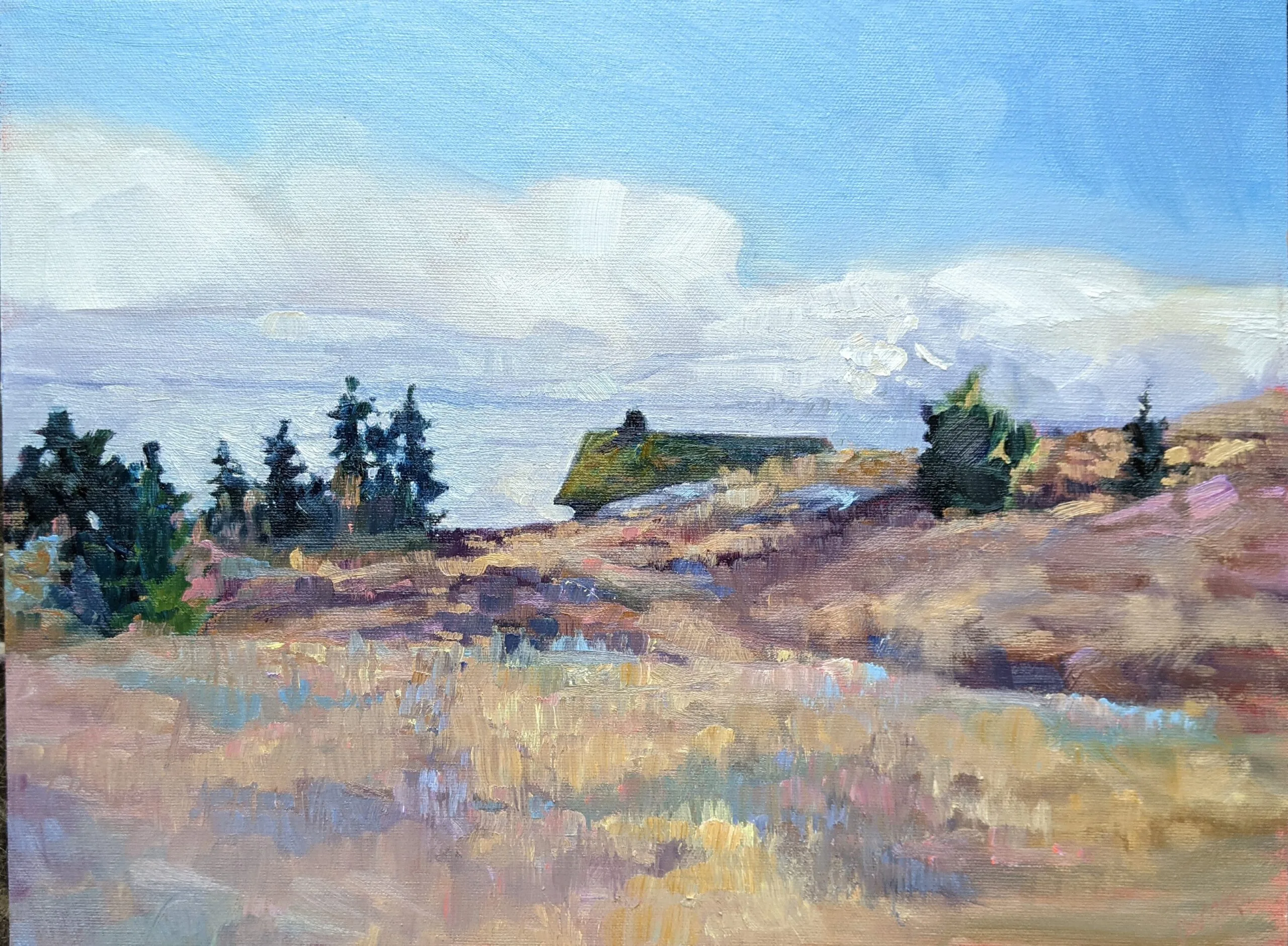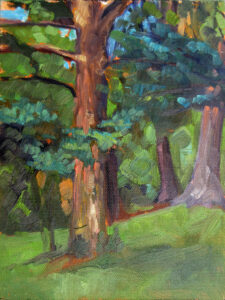
In June of 1975, my husband paid $285 for a Fender Precision Bass. He spent the whole of his high school graduation money on it. For a 16-year-old about to start his first summer job and then go off to college, that was a very big deal.
“If I had invested that money…” he mused recently.
That’s a difficult question to answer. Had he put it in an S&P 500 index fund and reinvested all the dividends and not had to pay fees, he’d have about $60,000 right now. Of course, that is a theoretical ideal; in practice, it would have been impossible. There weren’t index funds available in June, 1975. Most working people had pensions, and the 401K hadn’t even been invented yet. In 1980, the first year the SEC asked the question, only 6% of American households had mutual funds. Our parents kept their savings in banks.
In a savings account, that $285 would have earned… pretty much nothing. Assuming it had survived the depredations of three subsequent college degrees and four children, today that $285 would be worth $1,599.62. Even in its heavily-used condition, the bass is worth much more than that.
That’s disregarding the money he’s made with it. Although he now plays in church, at times he supported us with that guitar. But that really misses the point.
Making art is transformative
“You wouldn’t be the person you are today,” I told him. He’s played that instrument for 48 years-sometimes in intense bursts of creativity, at other times in stolen moments in an otherwise busy life. But it’s central to the way his mind works.
Back in 1975, I didn’t have $285. If I had I’d have banked it. I don’t think frugality is a bad trait, but in this instance, I’d have been dead wrong. There are purchases that are self-indulgent, and other purchases-investments, really-that pay off many times over.
How does this apply to the visual arts?
First, there’s the question of materials. My student Diane wants to try pastels. She could buy a cheap kit at a department store for under $30, but it’s a waste of money. She’d walk away frustrated and not understanding the first thing about the seductive immediacy of pastels. If she wants to try them, she needs the proper materials.
I gave her a list: Unison pastels in a starter kit and a landscape kit, paper, and hard pastels. Even at that minimum level, that’s more than a hundred bucks. That hurt to tell her. But it’s an investment in learning and Diane is happy.

Then there’s the question of hanging art on your walls. I sometimes look at the prices of the so-called ‘art’ at my local Home Goods and wince. It’s like those cheap pastel kits-a simulacrum of the real thing. In a few years, it will be added to the local landfill.
Art, if it’s chosen well, is not just something to look at. It’s an investment that appreciates over time. That’s particularly true of the work of women artists on the secondary market, which is currently appreciating faster than their male peers’. And unlike my Vanguard account (at the moment) the art on our walls brings me consistent, great joy.
Reserve your spot now for a workshop in 2025:
- Advanced Plein Air Painting, Rockport, ME, July 7-11, 2025.
- Sea and Sky at Acadia National Park, August 3-8, 2025.
- Find Your Authentic Voice in Plein Air, Berkshires, MA, August 11-15, 2025.
- Immersive In-Person Fall Workshop, Rockport, ME, October 6-10, 2025.



